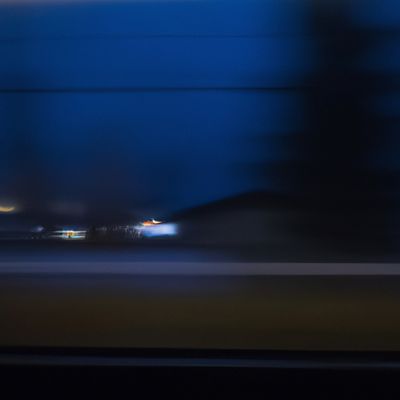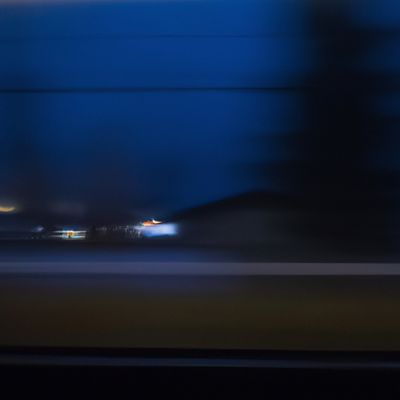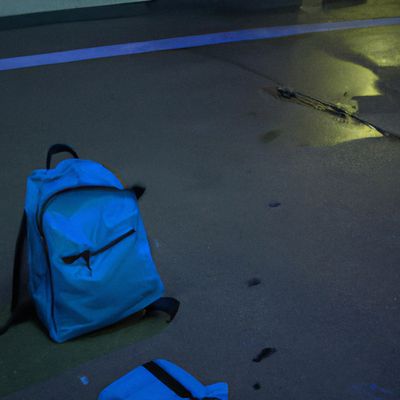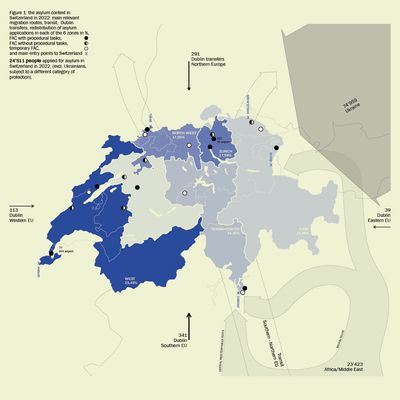The Journey of Gard and Theodore:
A Story of Seeking Asylum in Switzerland in 2023
Nadia Doriot
I grew up in Reconvilier, a small village in the Bernese Jura mountains, where patriotism has been strongly anchored and its inherent narrow-mindedness is rarely criticised. Next to its few houses with fenced gardens lies a facility housing refugees and asylum seekers, a so-called “integration centre.” Throughout my teenage years, I witnessed a silent clash of two different worlds. The residents of the integration centre were hidden behind an opaque and impenetrable veil of clichés and prejudices. Only a few trains a day offer them a chance to reach the city as well as the seemingly only opportunity to integrate into a new social, cultural, and economic structure. “They are profiting from the system, they come here to do nothing,” was repeated throughout my daily train journeys, only a few seats away from a group of people speaking a different language. I remember a frustrated incomprehension echoing in my mind—how do you expect them to participate, if you don’t even give them the framework to try?
Today, I live in the anxiety of a crumbling world that threatens to change forever. In the years to come, climate change will drastically increase the number of people without any other choice but to flee their homes. The World Bank estimates there will be over 216 million internal climate migrants by 2050.¹ Yet, until now climate refugees have not been addressed in the Swiss Convention on the Status of Refugees of 1951 and climate is not considered as a valid reason to seek refuge.² Meanwhile, the number of asylum seekers in Switzerland are not diminishing. In 2022, it has increased by 64.2 % since the previous year, raising the total to 24,511 applications for asylum in Switzerland that year, of which only 4,816 were accepted.³
The purpose of this work is to take a small step into a field that I feel is being kept at a distance. Guided by the words of Gard and Theodore, two Burundian asylum seekers whom I had the privilege of meeting, I aimed to understand their journey through the Swiss physical and social structures, established to “process” those who have left behind their entire network of life.




Network Counterbalancing Isolation Around the Sornetan Integration Centre

Sketch: Nadia Doriot, 2023.

